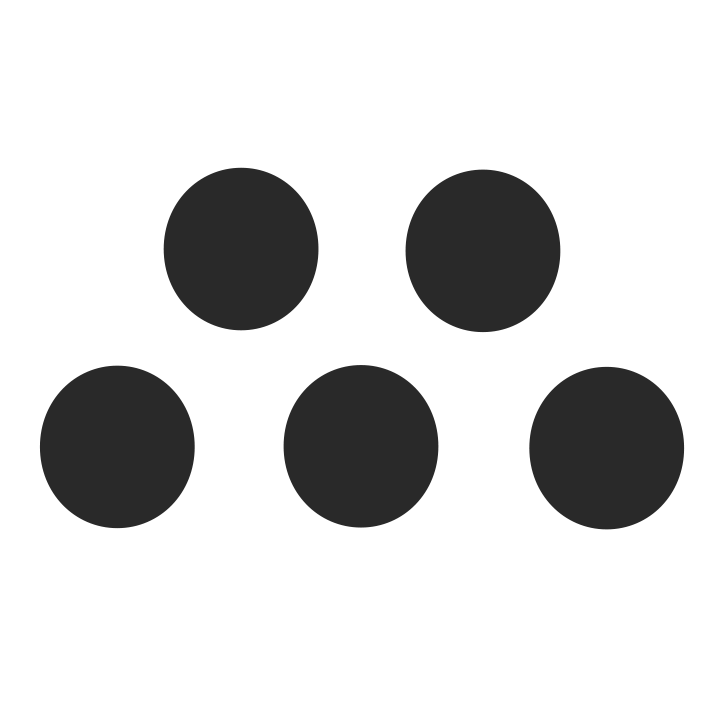Sprint
Zero
The essential MVP launchpad: validate your concept and define the blueprint for success.
Best for:
- Rapid discovery of viable new products or features
- Vision and strategic planning for modernization and re-platforming
- Rescuing stalled development efforts





